
Impressum: https://www.mpia.de/impressum
physik.uni-heidelberg.de/hephysto/ind...

physik.uni-heidelberg.de/hephysto/ind...
physik.uni-heidelberg.de/hephysto/ind...

physik.uni-heidelberg.de/hephysto/ind...
physik.uni-heidelberg.de/hephysto/ind...

physik.uni-heidelberg.de/hephysto/ind...
physik.uni-heidelberg.de/hephysto/ind...

physik.uni-heidelberg.de/hephysto/ind...
physik.uni-heidelberg.de/hephysto/ind...

physik.uni-heidelberg.de/hephysto/ind...
www.euclid-ec.org/public/press...
Projektleitung: @ice-csic.bsky.social und Port d'Informació Científica

www.euclid-ec.org/public/press...
Projektleitung: @ice-csic.bsky.social und Port d'Informació Científica
www.euclid-ec.org/public/press...
The project was led by @ice-csic.bsky.social and Port d'Informació Científica.

www.euclid-ec.org/public/press...
The project was led by @ice-csic.bsky.social and Port d'Informació Científica.


physik.uni-heidelberg.de/hephysto/ind...
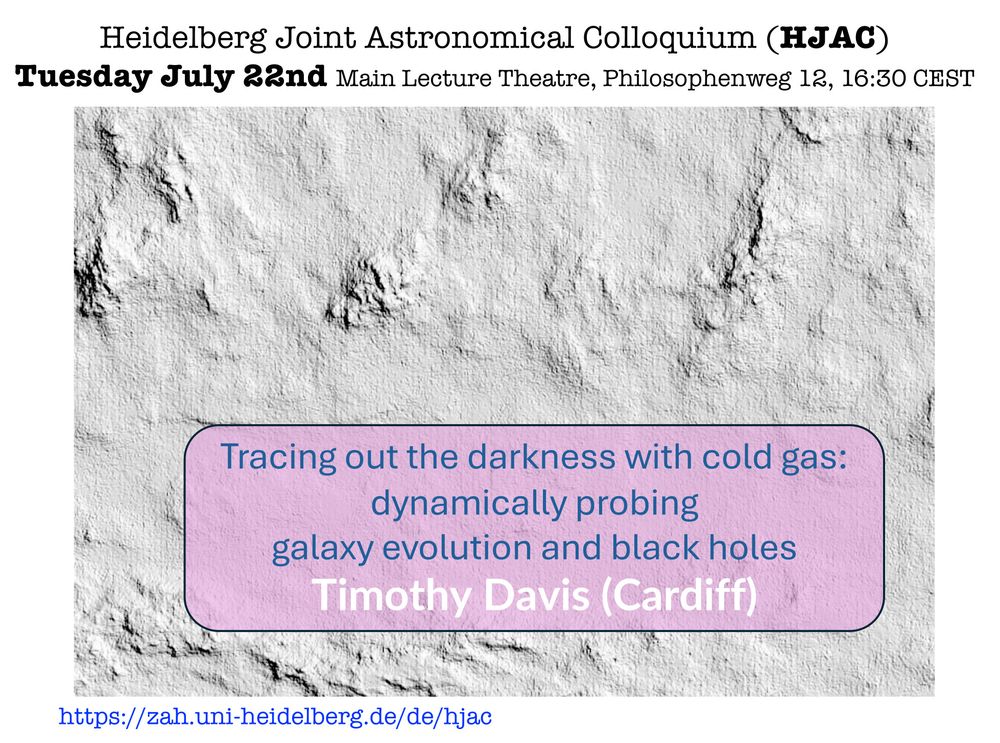
physik.uni-heidelberg.de/hephysto/ind...
physik.uni-heidelberg.de/hephysto/ind...

physik.uni-heidelberg.de/hephysto/ind...
physik.uni-heidelberg.de/hephysto/ind...
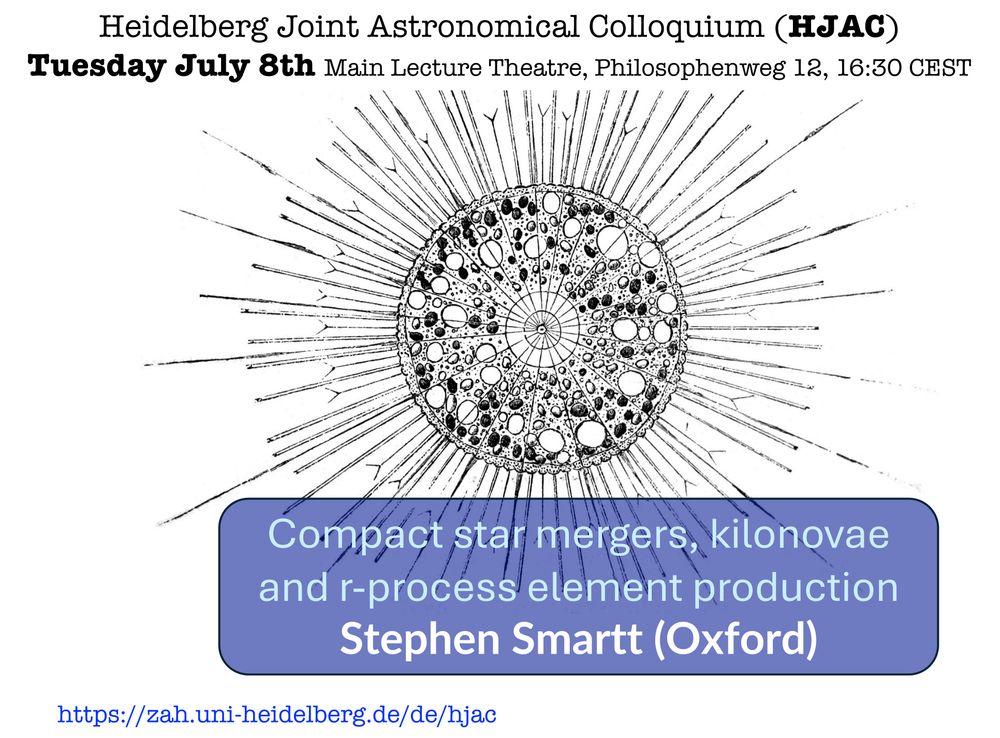
physik.uni-heidelberg.de/hephysto/ind...
physik.uni-heidelberg.de/hephysto/ind...

physik.uni-heidelberg.de/hephysto/ind...
physik.uni-heidelberg.de/hephysto/ind...

physik.uni-heidelberg.de/hephysto/ind...
physik.uni-heidelberg.de/hephysto/ind...

physik.uni-heidelberg.de/hephysto/ind...
physik.uni-heidelberg.de/hephysto/ind...
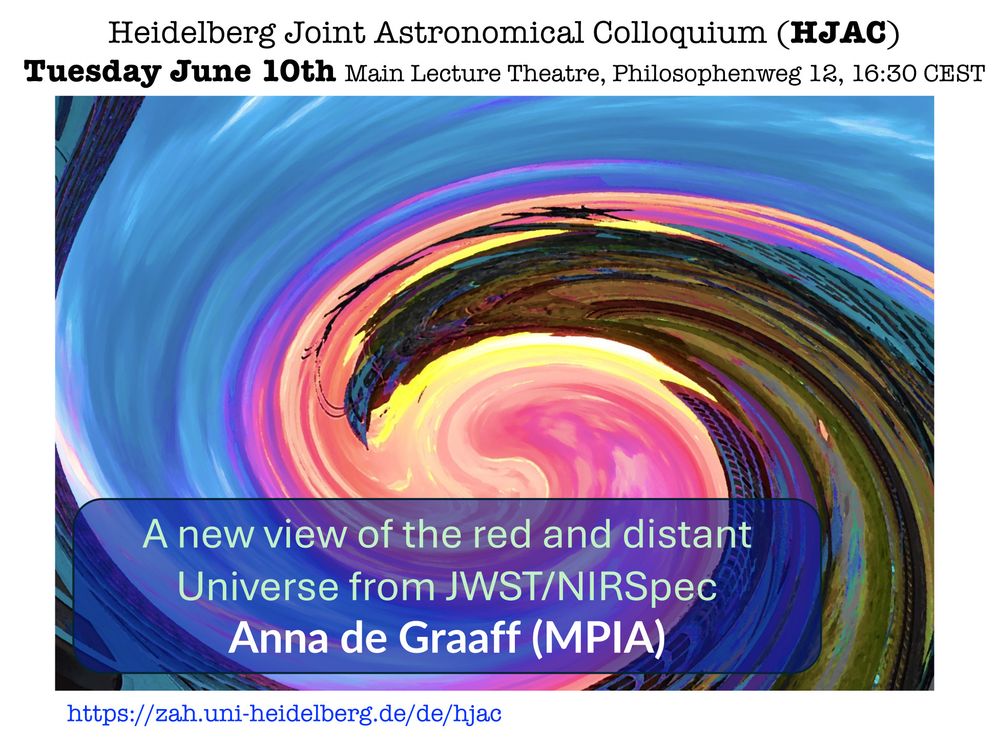
physik.uni-heidelberg.de/hephysto/ind...
physik.uni-heidelberg.de/hephysto/ind...
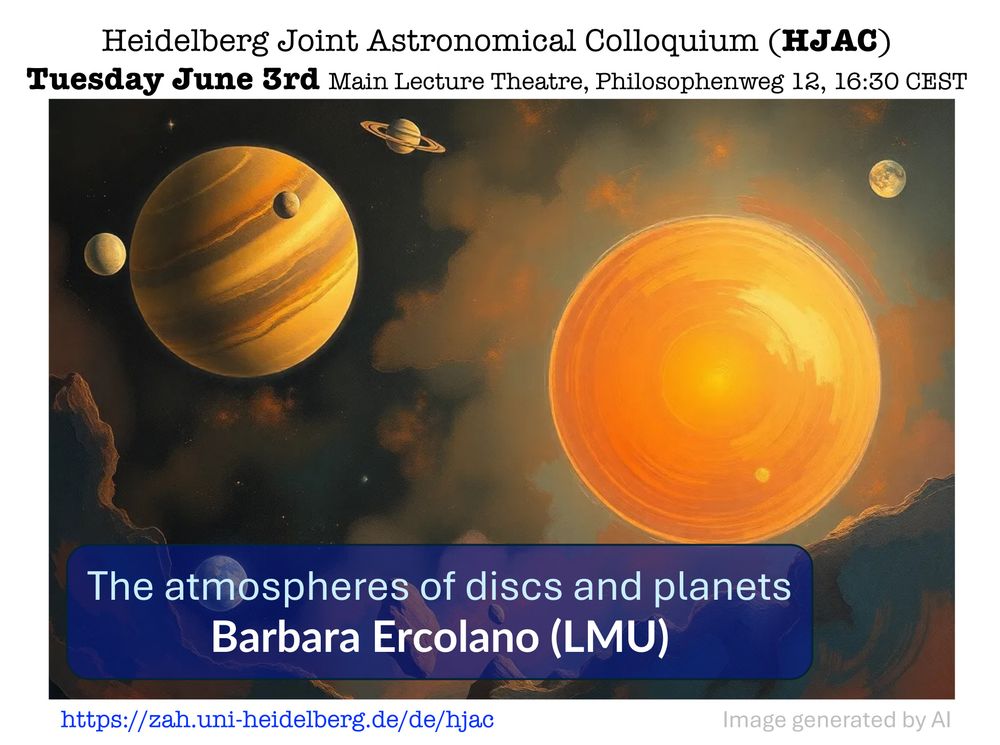
physik.uni-heidelberg.de/hephysto/ind...
physik.uni-heidelberg.de/hephysto/ind...
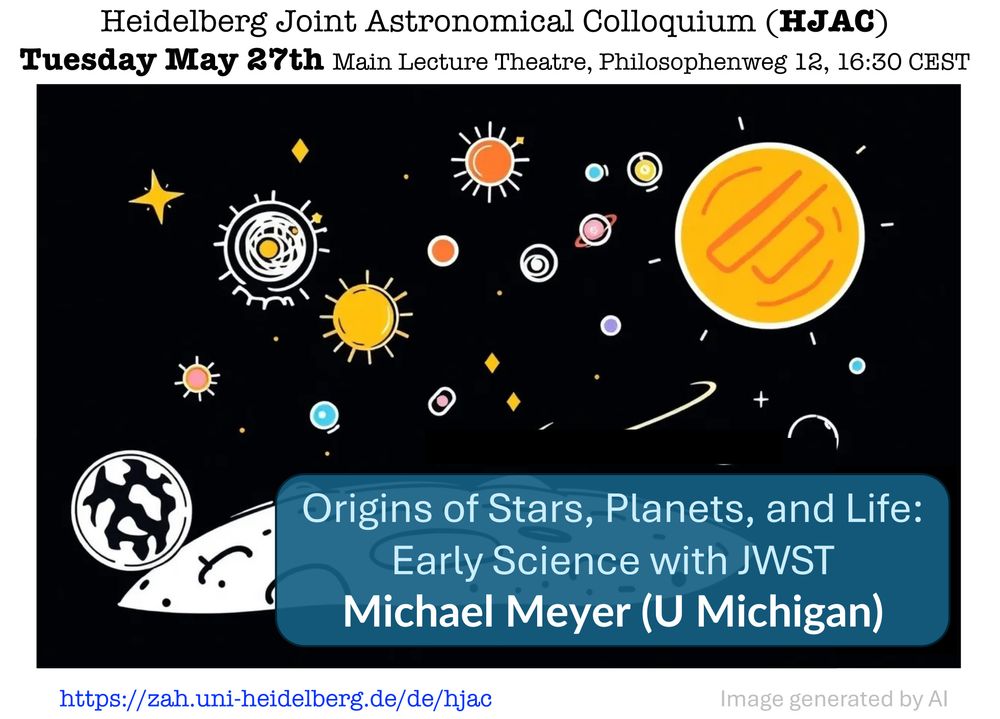
physik.uni-heidelberg.de/hephysto/ind...
physik.uni-heidelberg.de/hephysto/ind...
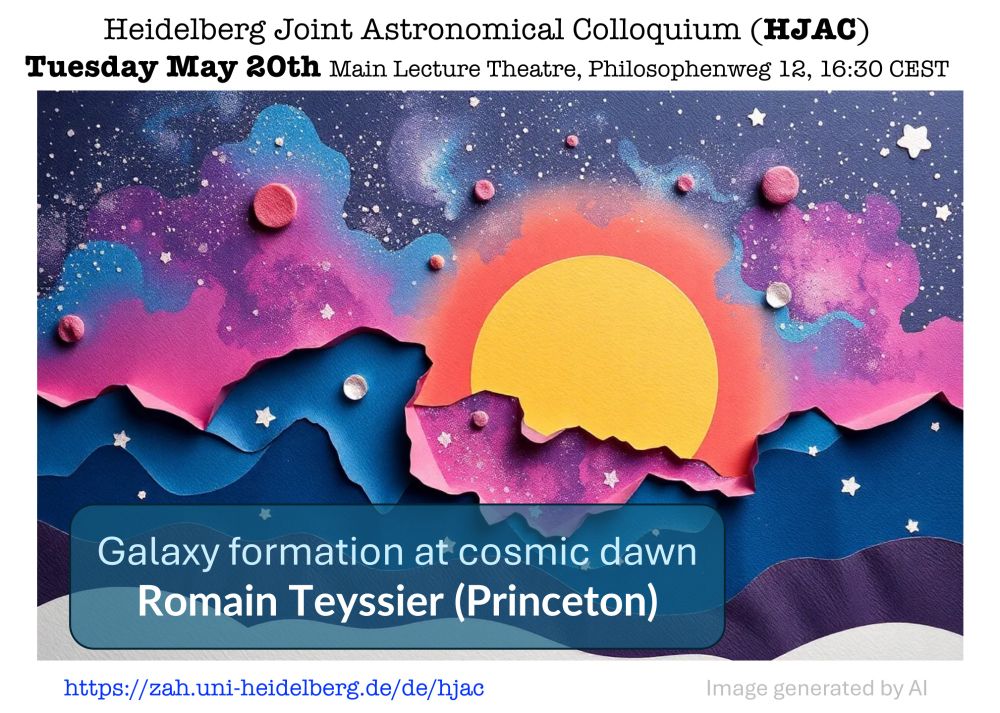
physik.uni-heidelberg.de/hephysto/ind...
physik.uni-heidelberg.de/hephysto/ind...
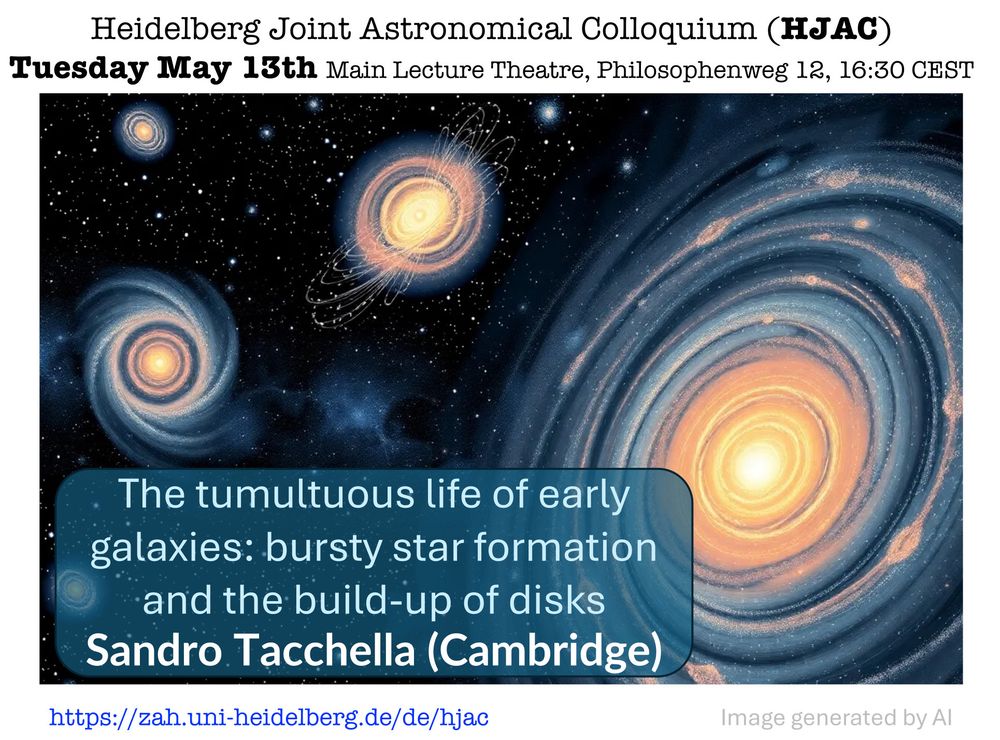
physik.uni-heidelberg.de/hephysto/ind...
physik.uni-heidelberg.de/hephysto/ind...
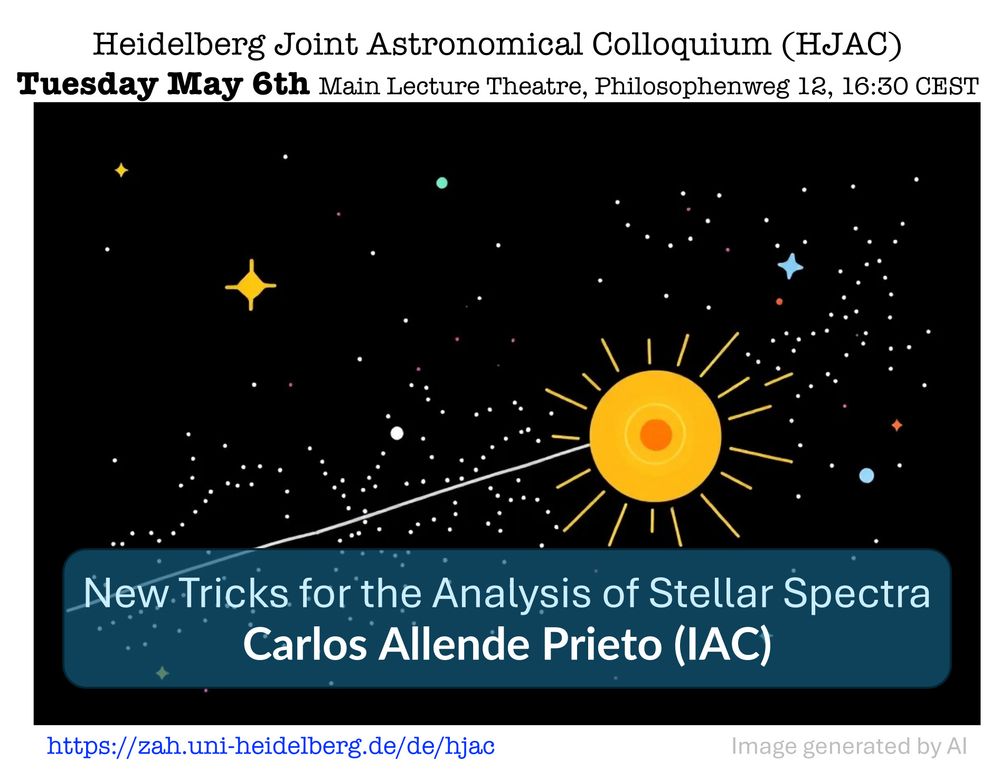
physik.uni-heidelberg.de/hephysto/ind...
HJAC starts with our own Nadine Neumayer looking into the origin of supermassive black holes in massive star clusters - today at 16:30 CEST in the large lecture hall (gHS) at Philosophenweg 12
physik.uni-heidelberg.de/hephysto/ind...
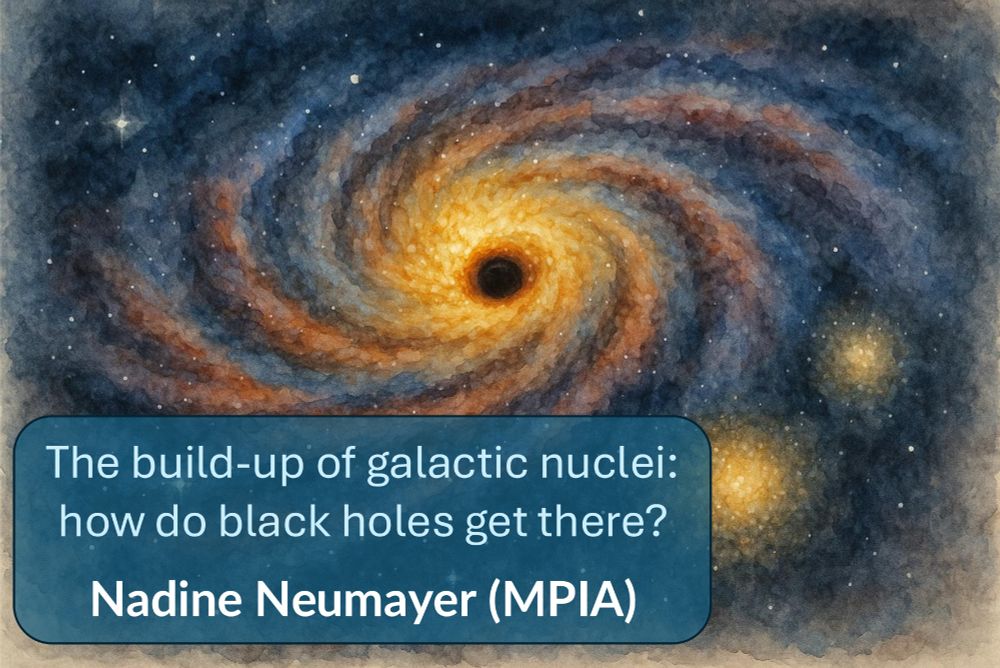
HJAC starts with our own Nadine Neumayer looking into the origin of supermassive black holes in massive star clusters - today at 16:30 CEST in the large lecture hall (gHS) at Philosophenweg 12
physik.uni-heidelberg.de/hephysto/ind...
www.mpia.de/6249578/07_M...

www.mpia.de/6249578/07_M...

